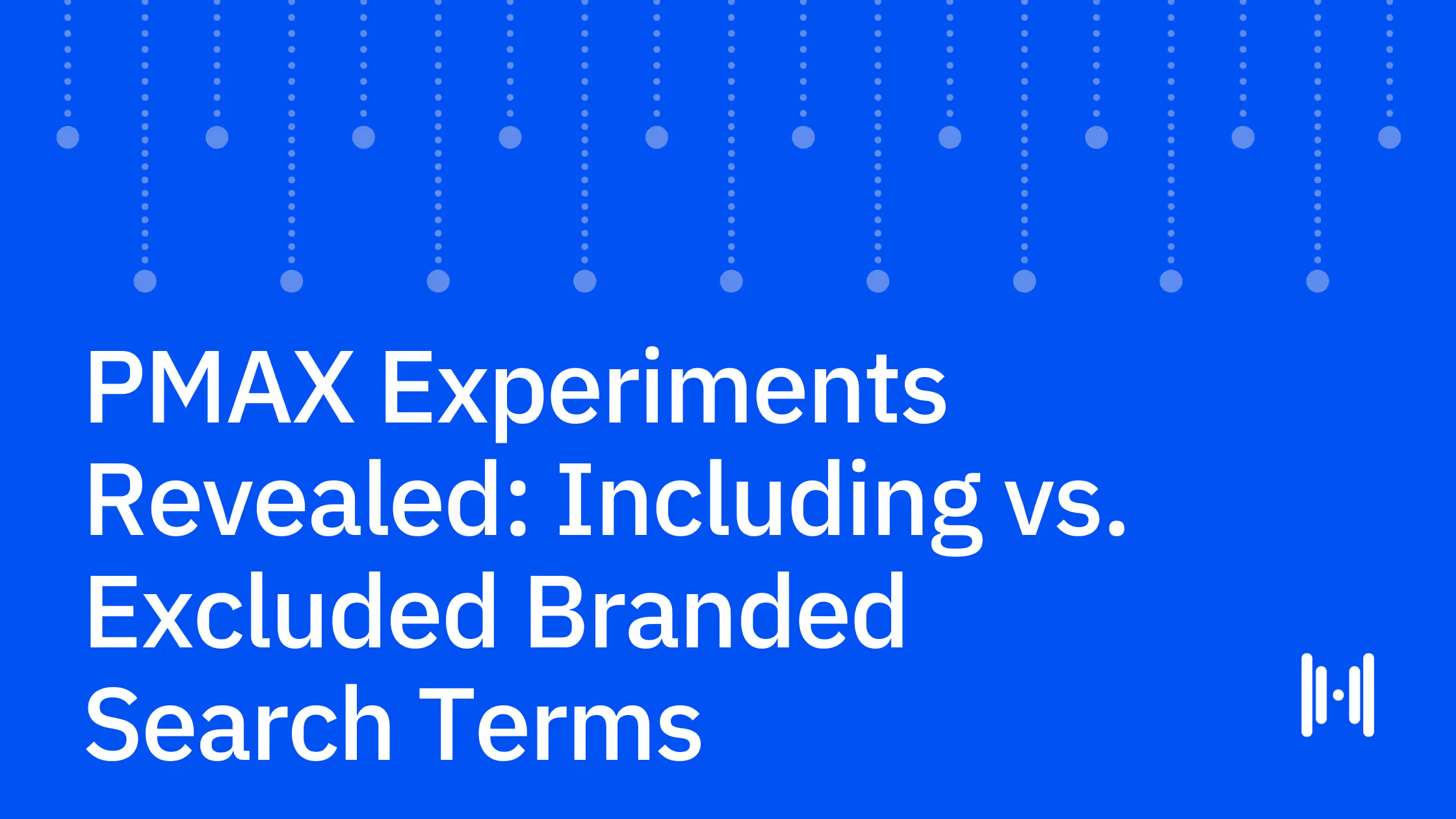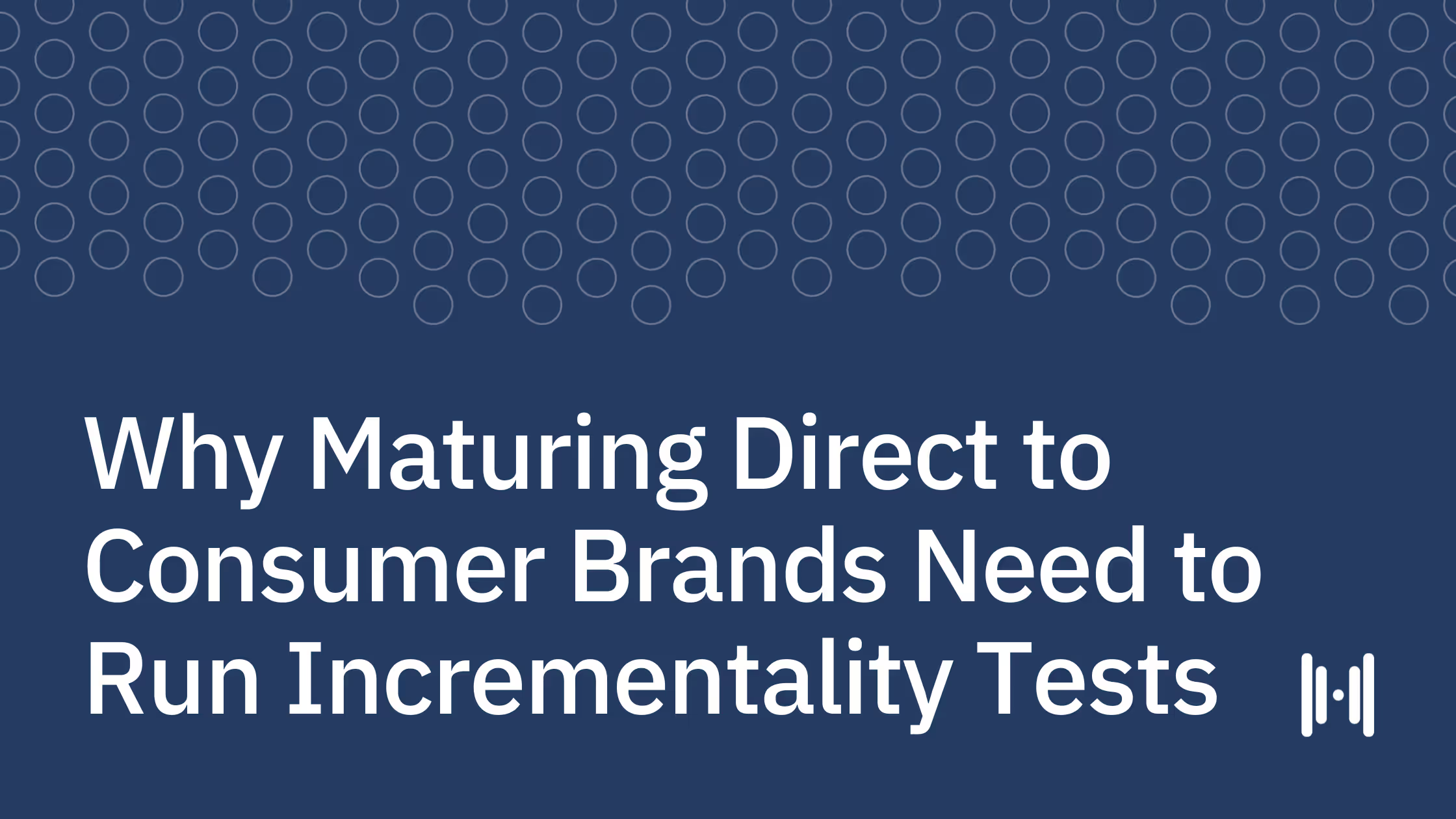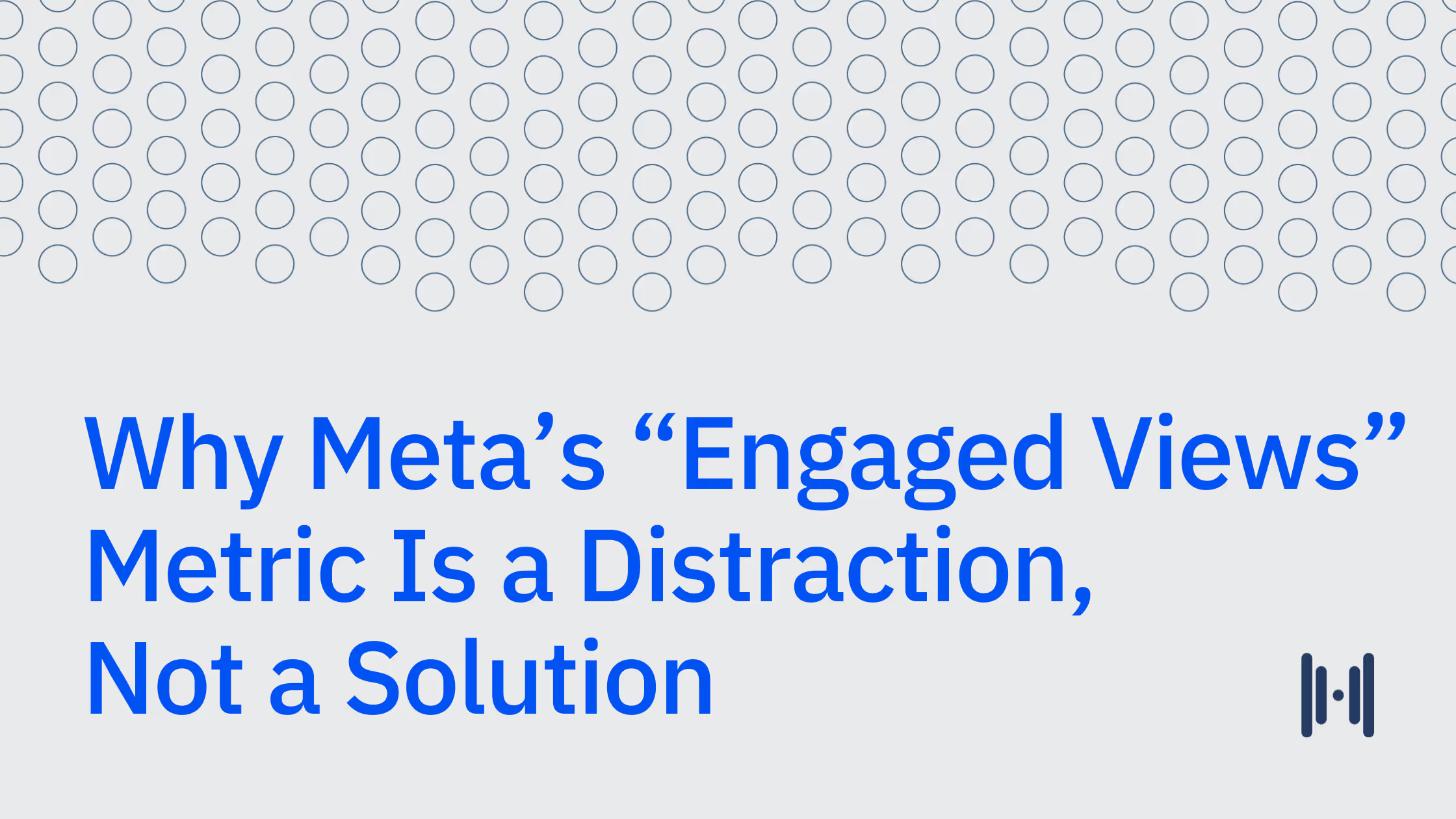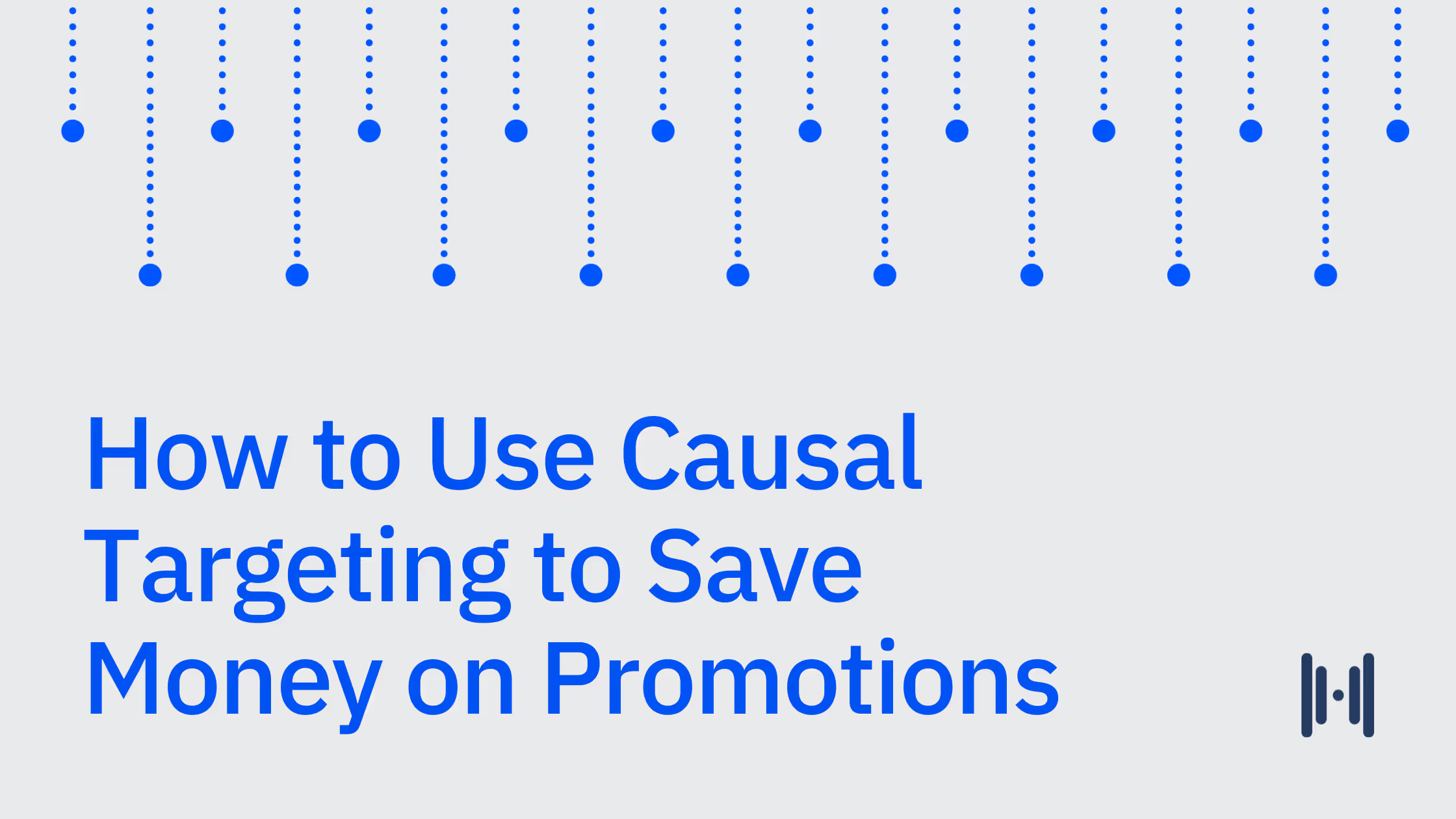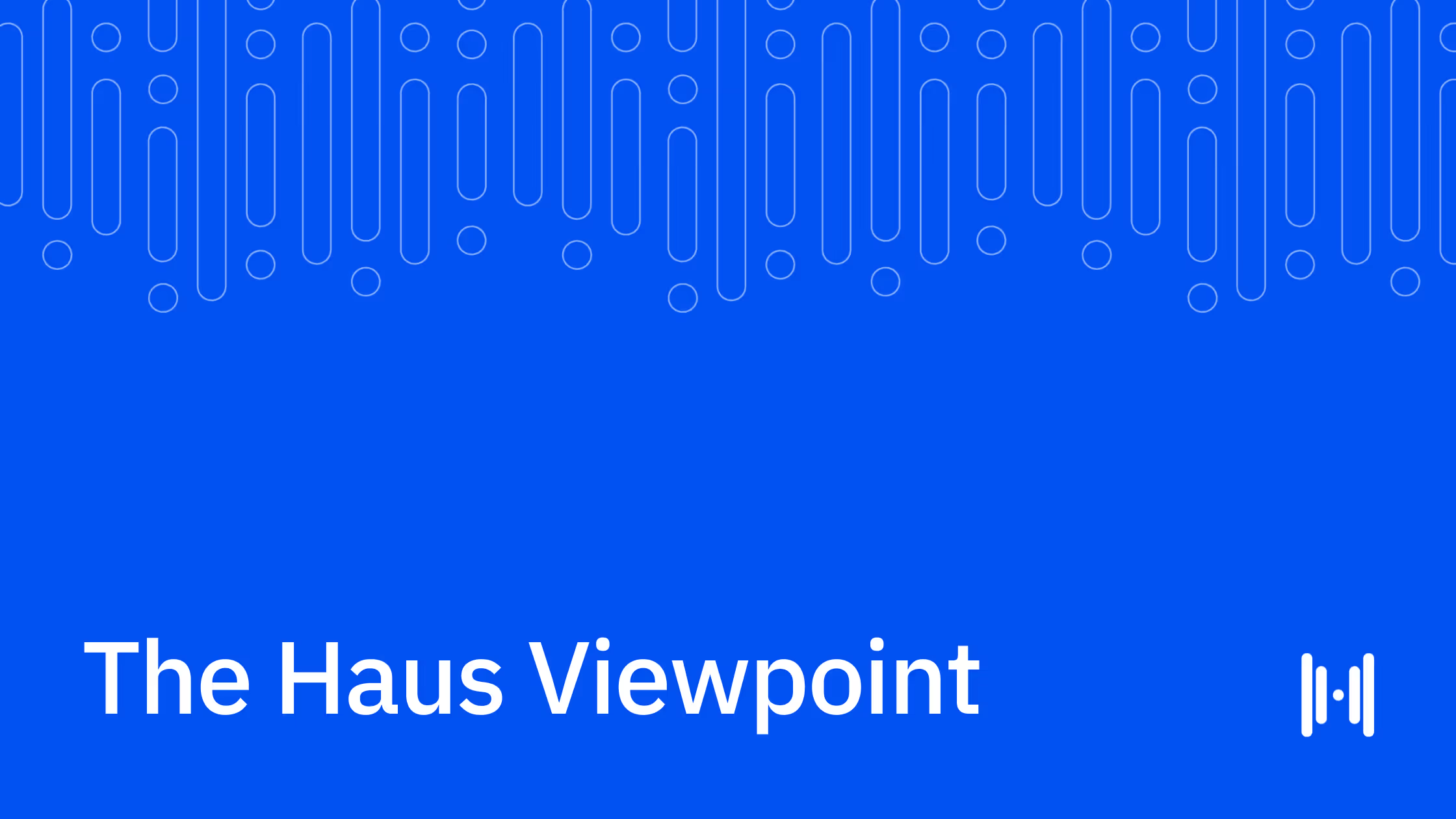
Still struggling with the headache of comparing Google’s Performance Max last-click to linear TV spot attribution reports?
We don’t blame you. Measuring the effectiveness of marketing efforts across online and offline channels can be challenging, especially when it comes to understanding the incremental impact of each channel.
To add to the pressure, many companies are tightening up their budgets this year thanks to an uncertain economy. They’re asking you to do more with less–meaning you need to be able to contrast all channels through the same lens.
Increasing privacy concerns have led to many more customers safeguarding their data. As traditional attribution models die, marketers are turning to incrementality as their new standard. But even platforms that offer incrementality testing are difficult to compare across channels.
Let’s look at a few available incrementality solutions and what makes weighing them against each other tough. Then, we’ll introduce you to Haus’s version of an incrementality easy button.
Current Incrementality Limitations
Some platforms—like Meta, TikTok, and Google—already offer incrementality products, but these options have a few pitfalls when trying to compare results across channels.
- Relies on User-Level Data: A handful of platforms offer a conversion lift product to measure incrementality. Conversion lift tests typically rely on user-level data to create the test and control groups, then require pixel data to define the lift in conversions. In light of increased consumer privacy issues, it is increasingly difficult to close the loop, so these providers are being forced to find cookieless alternatives.
- Takes Time to Get Actionable Results: Another roadblock you might run into would be the time that is required to get accurate and precise results. For a marketer, time is of the essence, and statistically significant results aren’t quick. Meta for example, tends to wait for a confidence of 90% or higher before claiming a lift test result is reliable. While Meta prioritizes statistical significance, this may not be the best data point to wait around for before taking action. Advanced marketers are shifting to a “test and roll” strategy - the strategy of moving quickly between imperfect tests to find big wins. It tends to be more profitable. This is a nuanced concept, so we are writing an entire post about the role of P-values and this “test and roll” concept coming soon.
- Difficult to Compare Across Channels: The current incrementality testing options on the market make it difficult to compare across different channels. Meta, Google, and TikTok have three separate testing methods, each of which are proprietary. There’s no way to control for differences in how audiences are designated, how the treatment and control groups are selected, or how the conversion data is attributed to each user. Plus, it doesn’t inspire the most confidence that these platforms are grading their own homework.
While any measurement of incrementality is better than relying on straight attribution, comparing them as-is is still challenging. Thankfully, there’s a better way to get a consistent and unbiased data point regardless of the channel.
Enter: Geo-Experiments
Haus’s state-of-the-art, causal inference and econometrics solution is the easiest way to compare incrementality, regardless of the channel. Our powerful platform relies on geo-experimentation to bring you speedy, accurate testing results–without relying on user-level data. When you partner with Haus, you’ll be able to quickly see the incremental impact of every channel in your marketing funnel, regardless of if it’s online or offline.
Doesn’t Require User-Level Data
Unlike Meta, TikTok, and Google, Haus’s technology doesn’t rely on user identifiers like cookies or IDFA to create the test and control groups, or to track their actions.
Our model uses randomly selected, granular geos and relies on synthetic control methods to ensure the regions in the control group are good comparisons to the test regions. This random variation in how the marketing is being delivered across the country is what creates the accuracy in this model. Because this approach isn’t dependent upon cookies or other opt-in-only user data, it's sustainable, regardless of how the privacy landscape evolves in the future.
Offers Better Results in Less Time
Haus uses granular geo regions and synthetic controls so they can detect lift faster than broad based geo-experiments. Plus, we encourage our customers to adopt the “test and roll” methodology to gain learnings quicker enabled by our state-of-the-art platform. This approach significantly cuts down the wait time of getting actionable testing results. You can get answers in weeks, instead of having to wait months.
Haus also provides a calculator that shows the trade-off between the length of an experiment, the holdout percentages, and experiment power. We show you the trade-offs so you can configure the test to what’s best for your business.
Makes Cross-Channel Comparison Easy
Haus provides the simplest way to compare incrementality apples to apples, across channels. Our proprietary platform standardizes experiment measurements and results for both online and offline channels—including digital, partnerships, OTT, TV, and direct mail.
Instead of trying to create cross-channel controls, let Haus’s experts standardize everything for you. All you have to do is compare the results, so you can get back to making marketing magic.
Get started with Haus today
Ready to see our incrementality “easy button” for yourself? Book a demo today.
.png)
.avif)


.png)
.png)
.png)
.png)
.png)
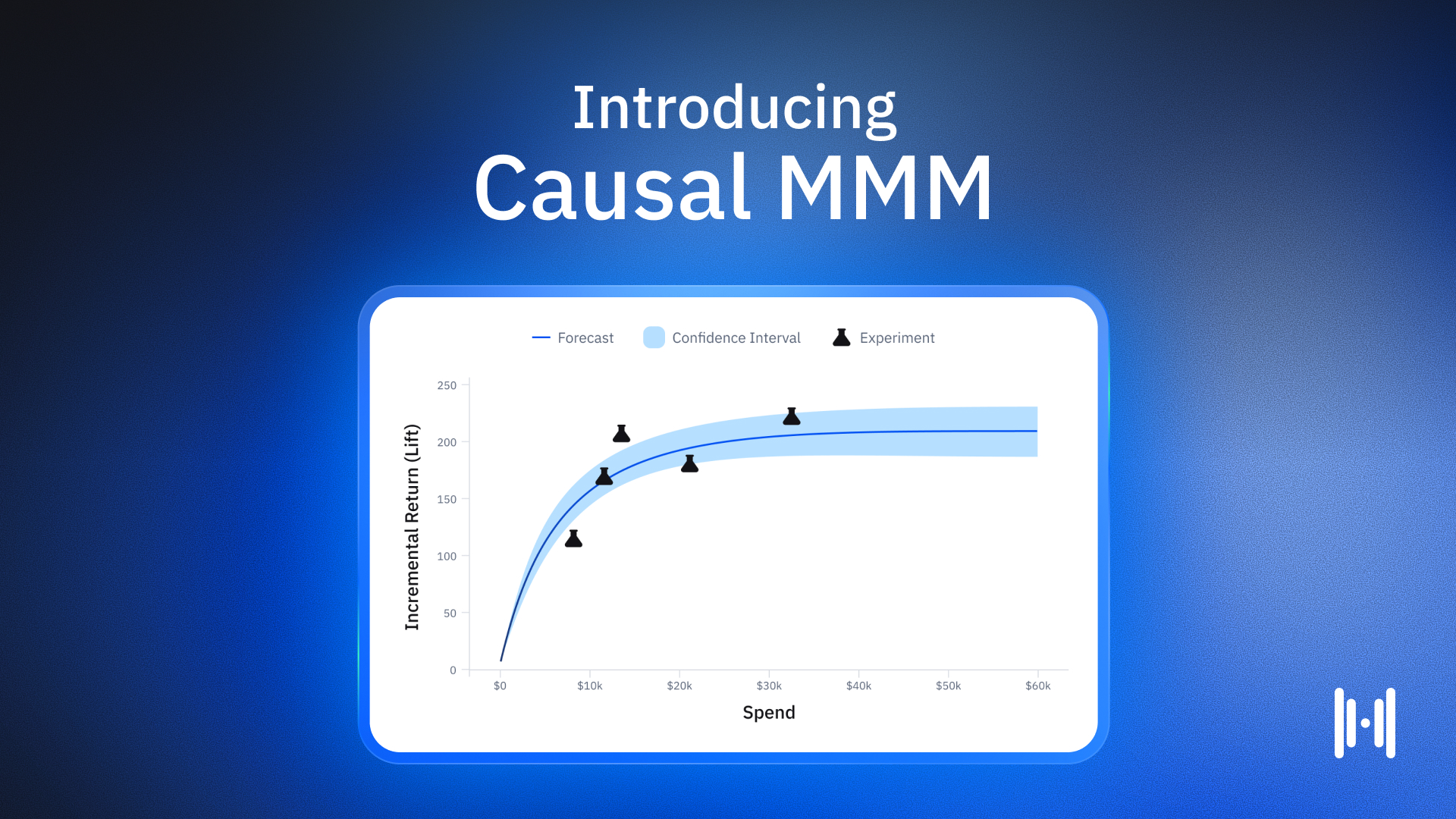
.avif)
.png)
.png)
.png)
.png)
.png)
.png)
.png)
.png)
.png)
.webp)
.webp)
.webp)
.webp)
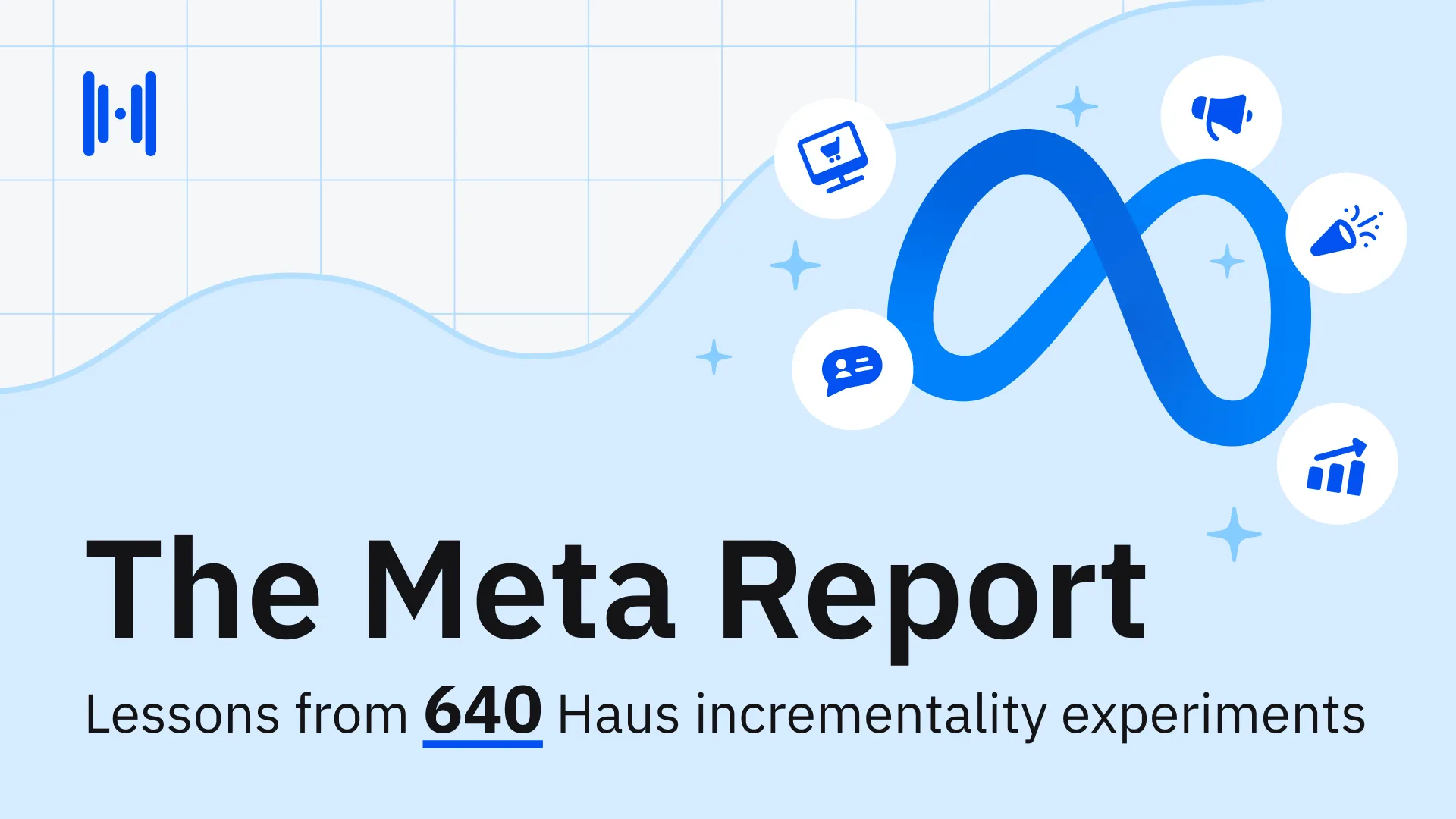
.webp)

.webp)
.webp)
.webp)
.webp)
.webp)
.webp)
.webp)
.webp)
.webp)
.webp)
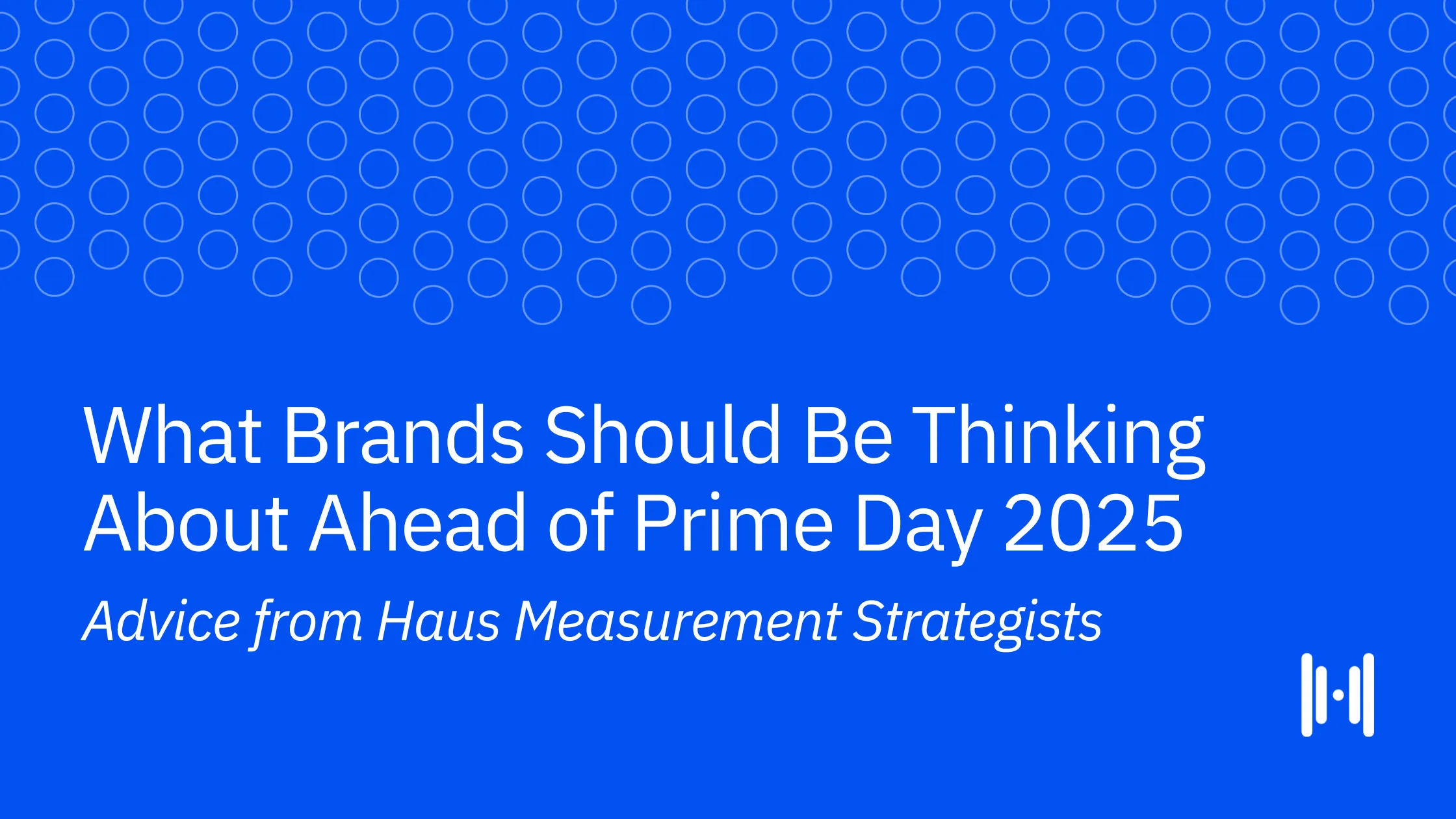
.webp)
.webp)
.webp)
.webp)
.webp)
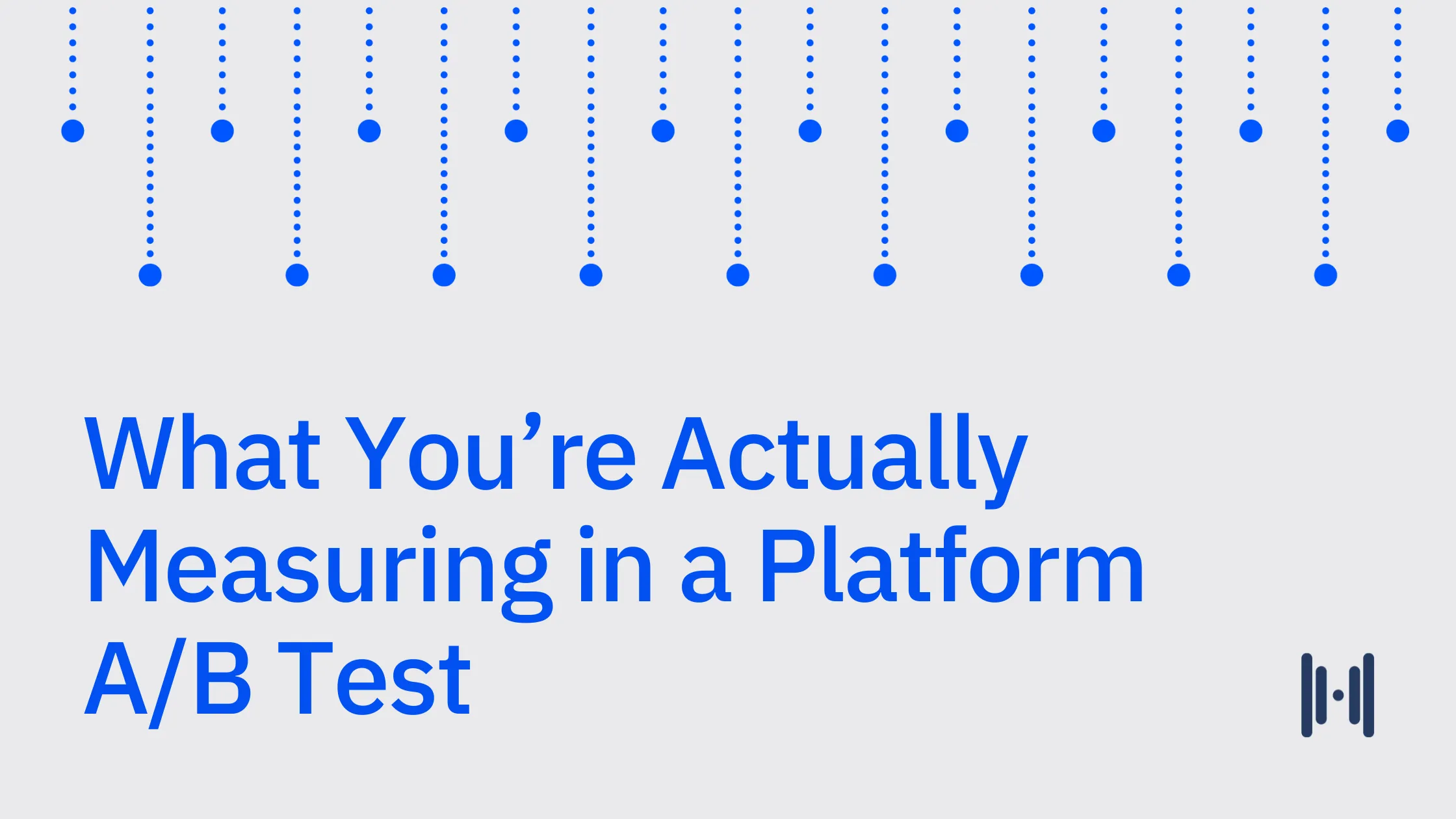
.webp)


.avif)
.avif)

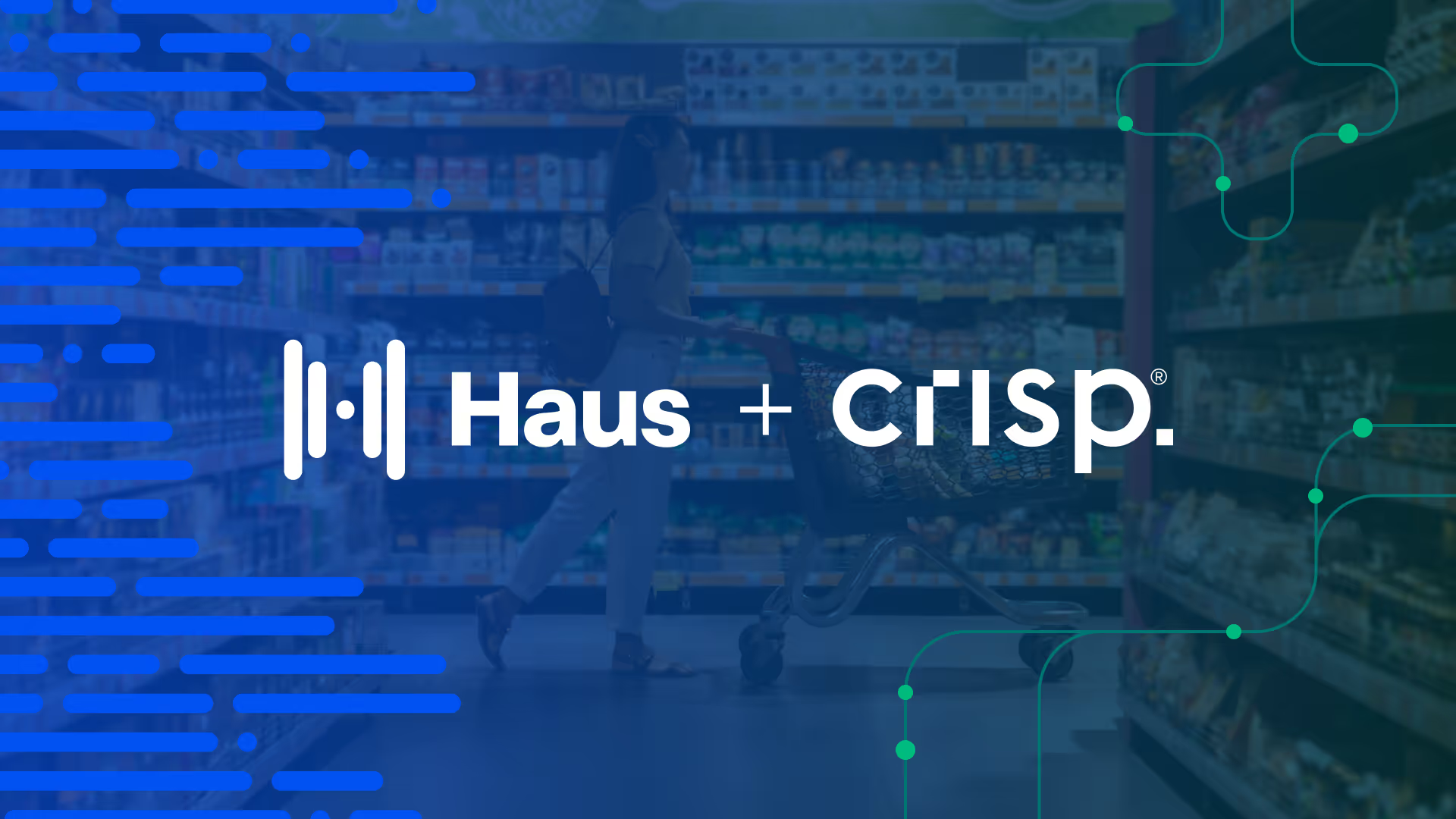

.avif)
.avif)
.avif)

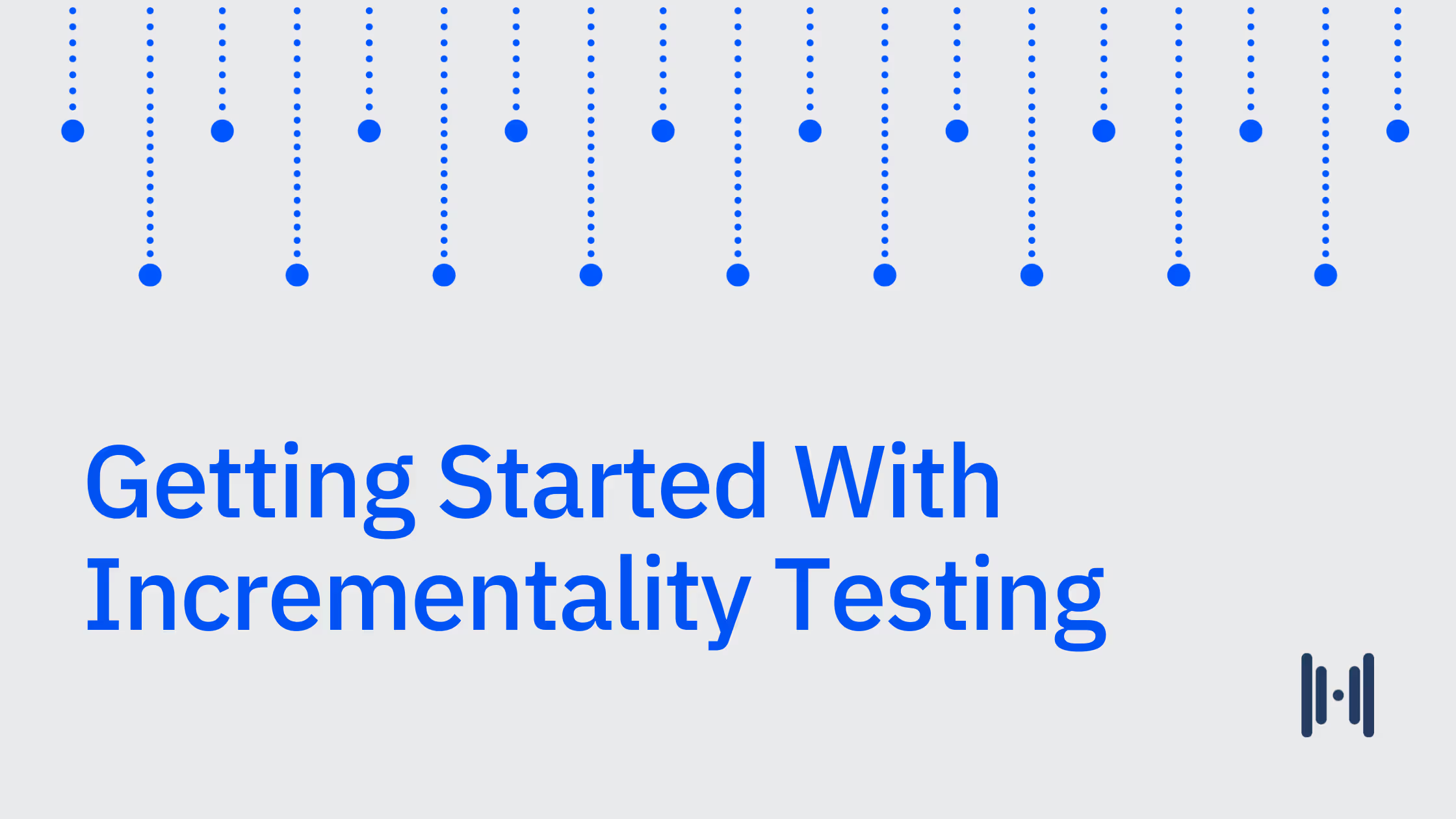
.avif)
.avif)
.avif)
.avif)
.avif)
.avif)




.png)
.avif)
.png)
.avif)
